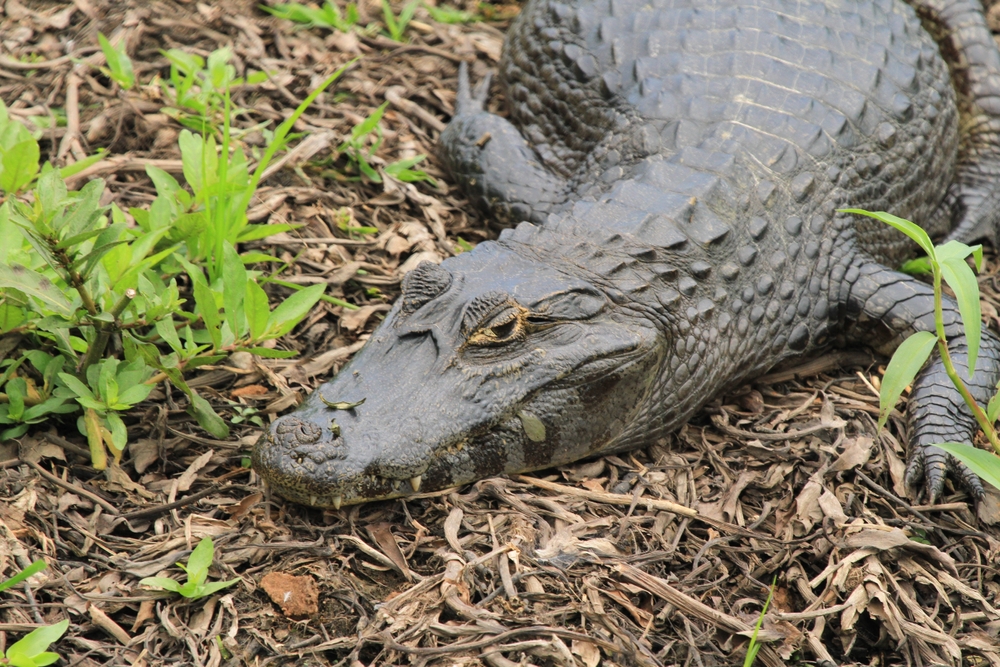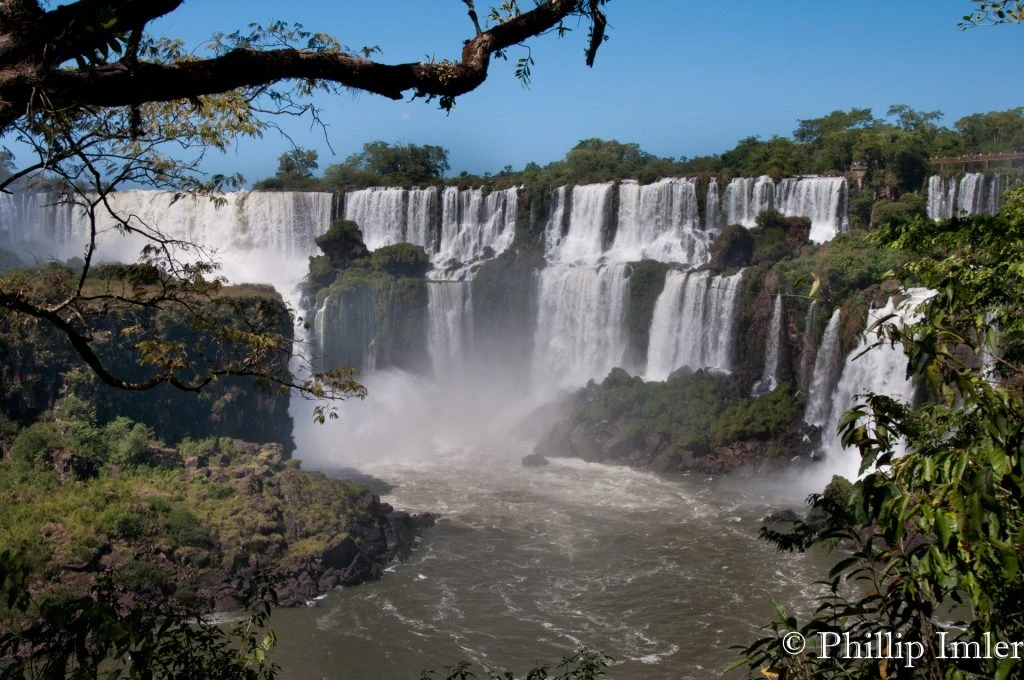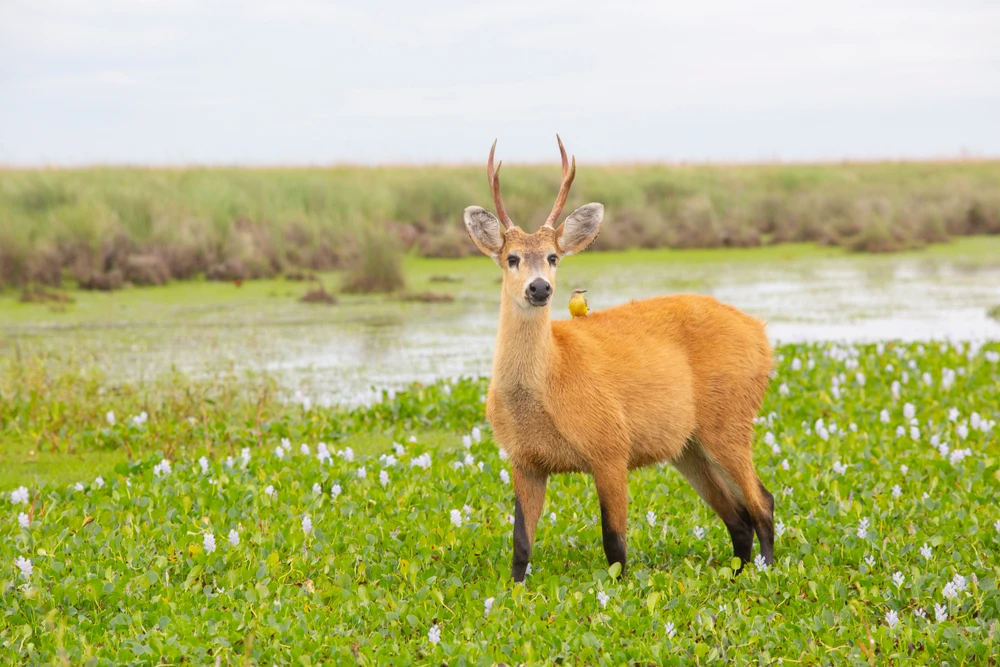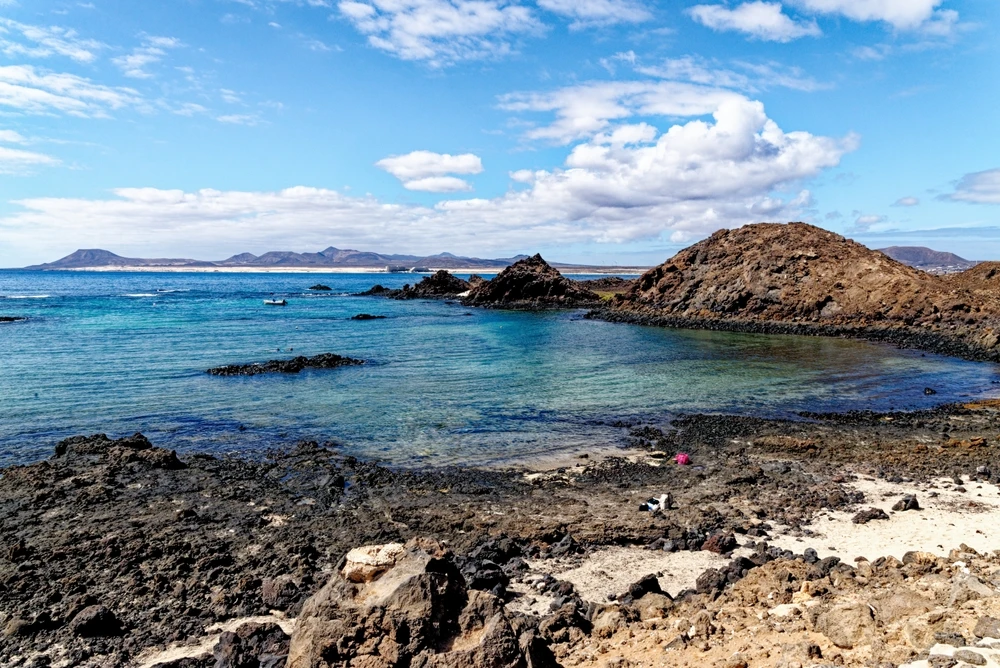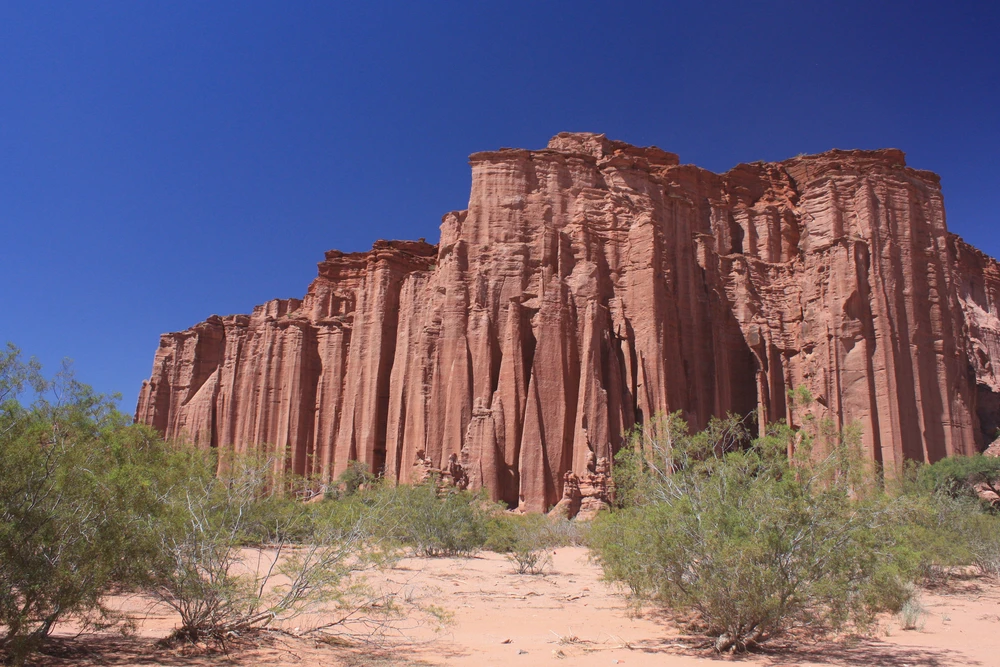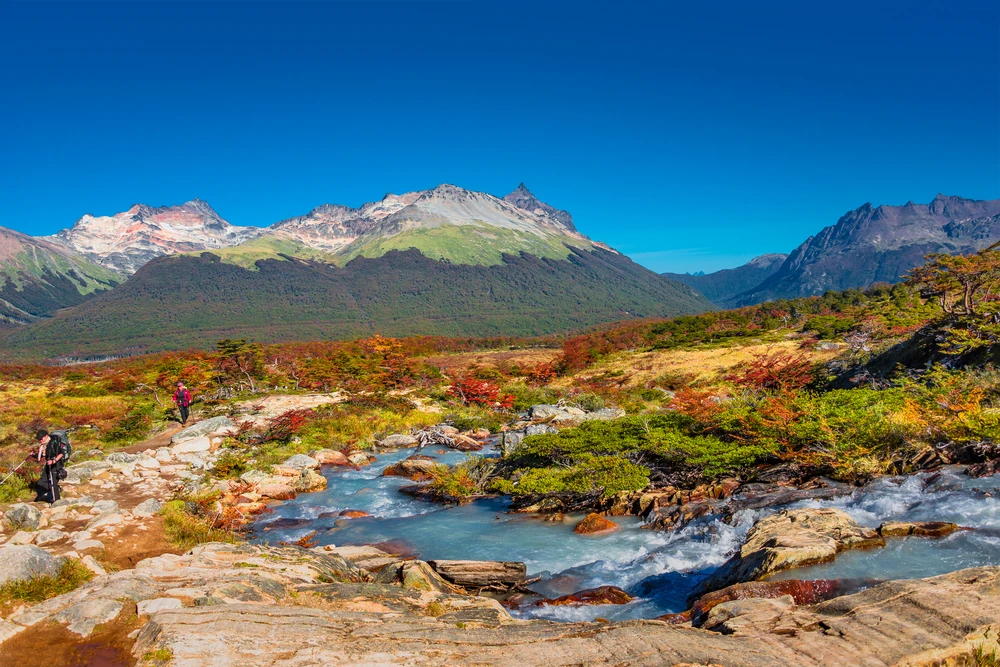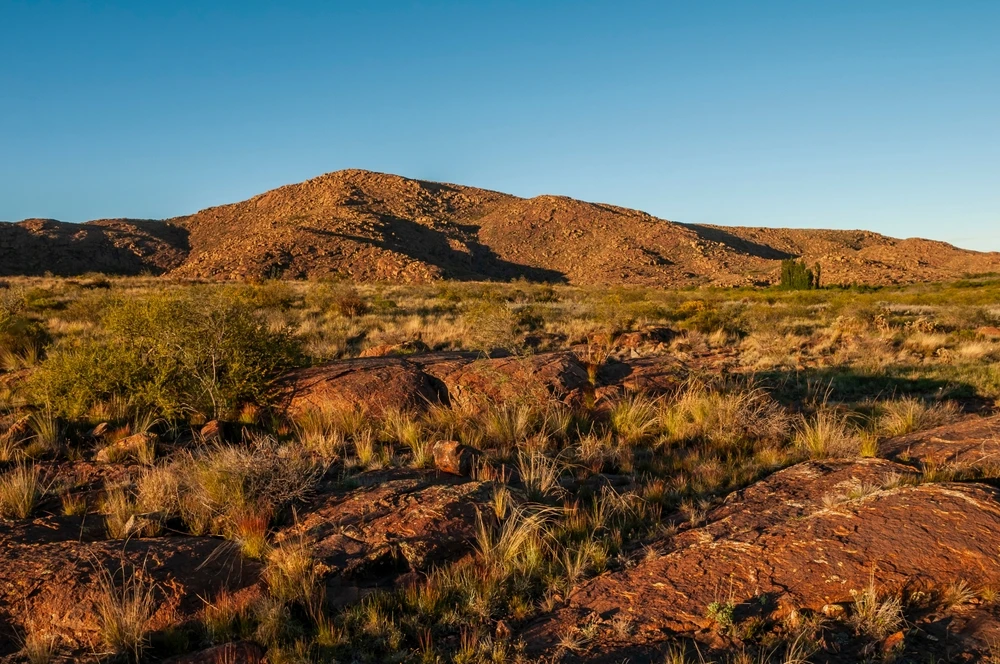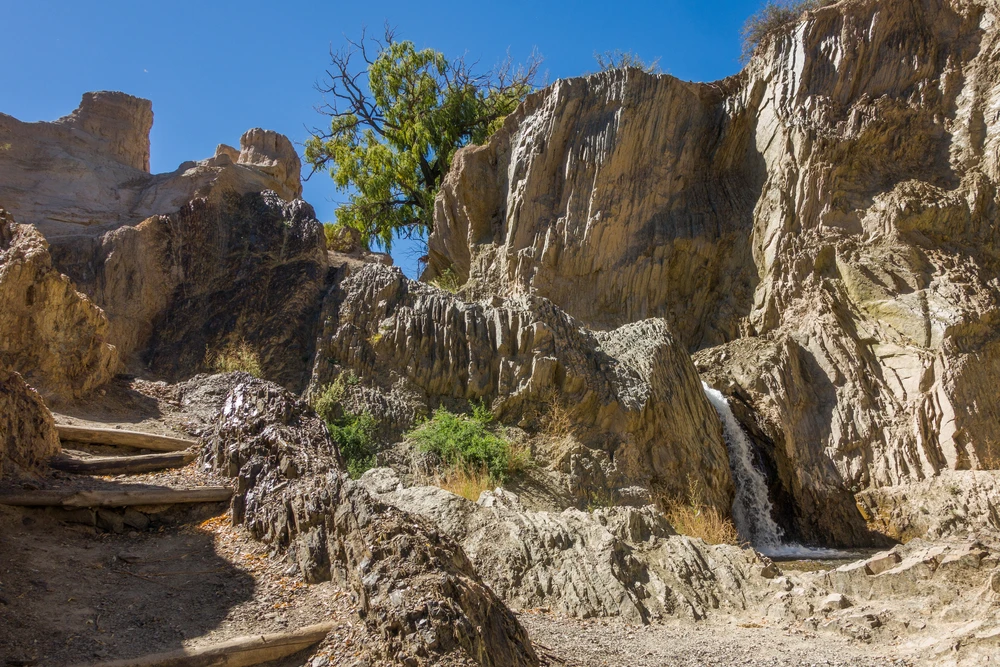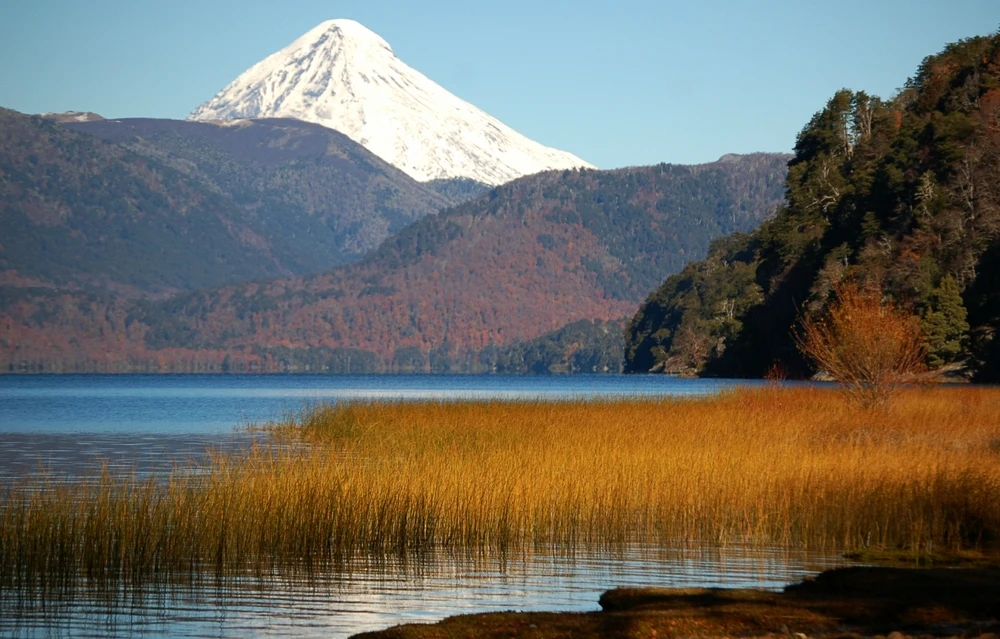Mburucuya Overview
Mburucuyá National Park, or Parque Nacional Mburucuyá in Spanish, is located in northeastern Argentina in the Corrientes Province. Covering an area of approximately 44 square miles (114 square kilometers), the park is a protected area dedicated to preserving the rich biodiversity of the Iberá Wetlands and the Espinal ecoregion.
This relatively small but ecologically significant park is characterized by a mix of grasslands, wetlands, forests, and palm groves, creating a diverse landscape that supports an array of plant and animal species. The region’s terrain includes gently rolling hills, marshy areas, and lagoons, with notable water bodies such as Laguna Iberá. The presence of native tree species like the quebracho, urunday, and caranday palm contributes to the park’s lush scenery, while seasonal wildflowers enhance the beauty of its grasslands.
Wildlife is a major attraction at Mburucuyá National Park, with an impressive array of mammals, birds, and reptiles that thrive in its varied habitats. Among the most notable species are the capybara, the world’s largest rodent, and the maned wolf, an elusive canid native to South America.
The park is also home to the howler monkey, which can often be heard calling from the tree canopies. Birdwatchers will find Mburucuyá a paradise, as it hosts species such as the jabiru stork, the giant wood rail, and the striking red-crested cardinal. Raptors, including the black-collared hawk and the savanna hawk, are commonly spotted soaring over the wetlands. Reptiles such as caimans and turtles inhabit the park’s lagoons, while various amphibians thrive in its moist environments.
A visit to Mburucuyá National Park offers an opportunity to experience nature through various activities suited to its terrain and ecosystem. Hiking trails wind through forests and wetlands, allowing visitors to observe wildlife up close and appreciate the unique scenery.
Birdwatching is a favorite pastime, given the park’s incredible avian diversity. Photography enthusiasts will find endless inspiration in the landscapes and wildlife. The park is also ideal for peaceful nature walks and educational visits, as it serves as a living classroom for conservation and ecology. Although less commercialized than other Argentine parks, Mburucuyá’s remote nature enhances the sense of tranquility and immersion in the wild.
Conservation efforts in Mburucuyá National Park focus on protecting the native flora and fauna while ensuring minimal human impact on the environment. The park is a crucial part of the Iberá Wetlands conservation strategy, contributing to the preservation of one of South America’s most important freshwater ecosystems.
Successful rewilding efforts have helped maintain populations of native species, though challenges such as habitat fragmentation and human encroachment remain ongoing concerns. Park authorities and conservation groups continue to work toward sustainable management and environmental education to promote the importance of preserving this unique natural area.








































































